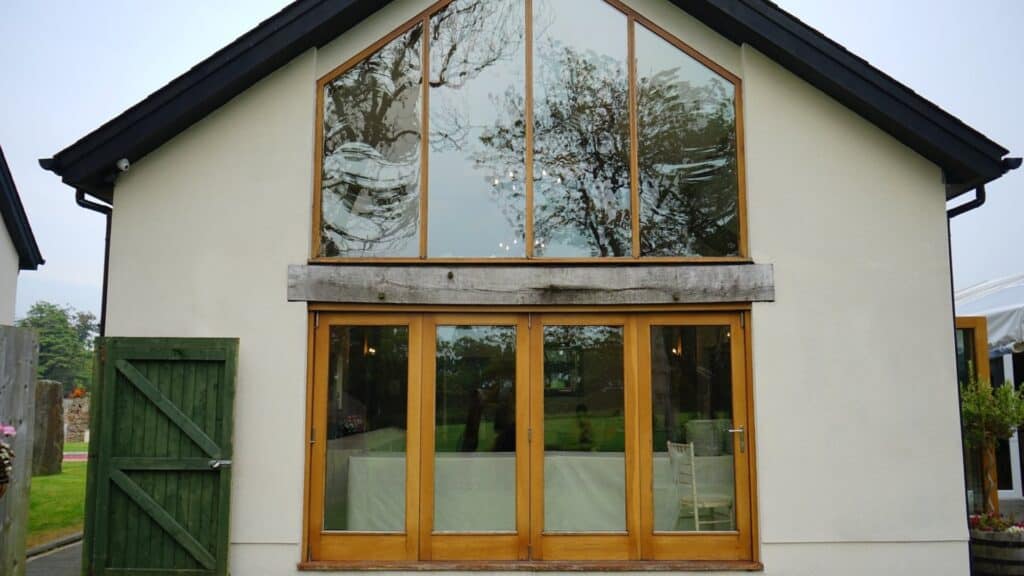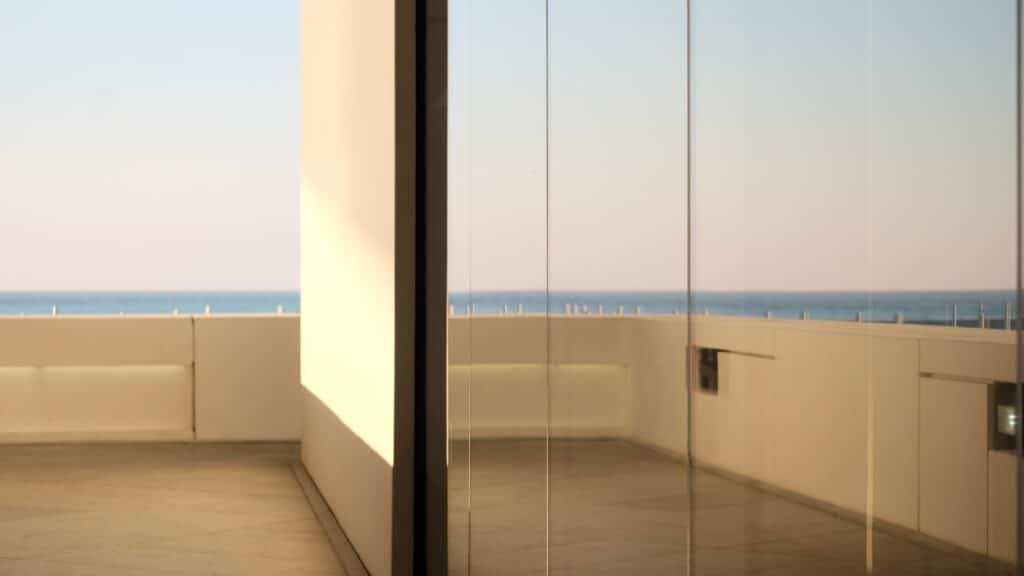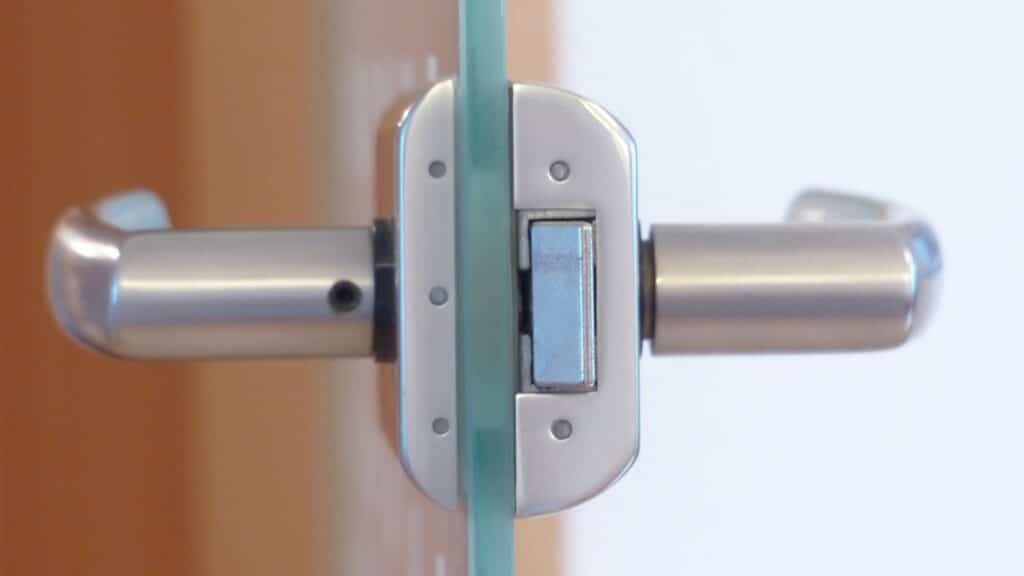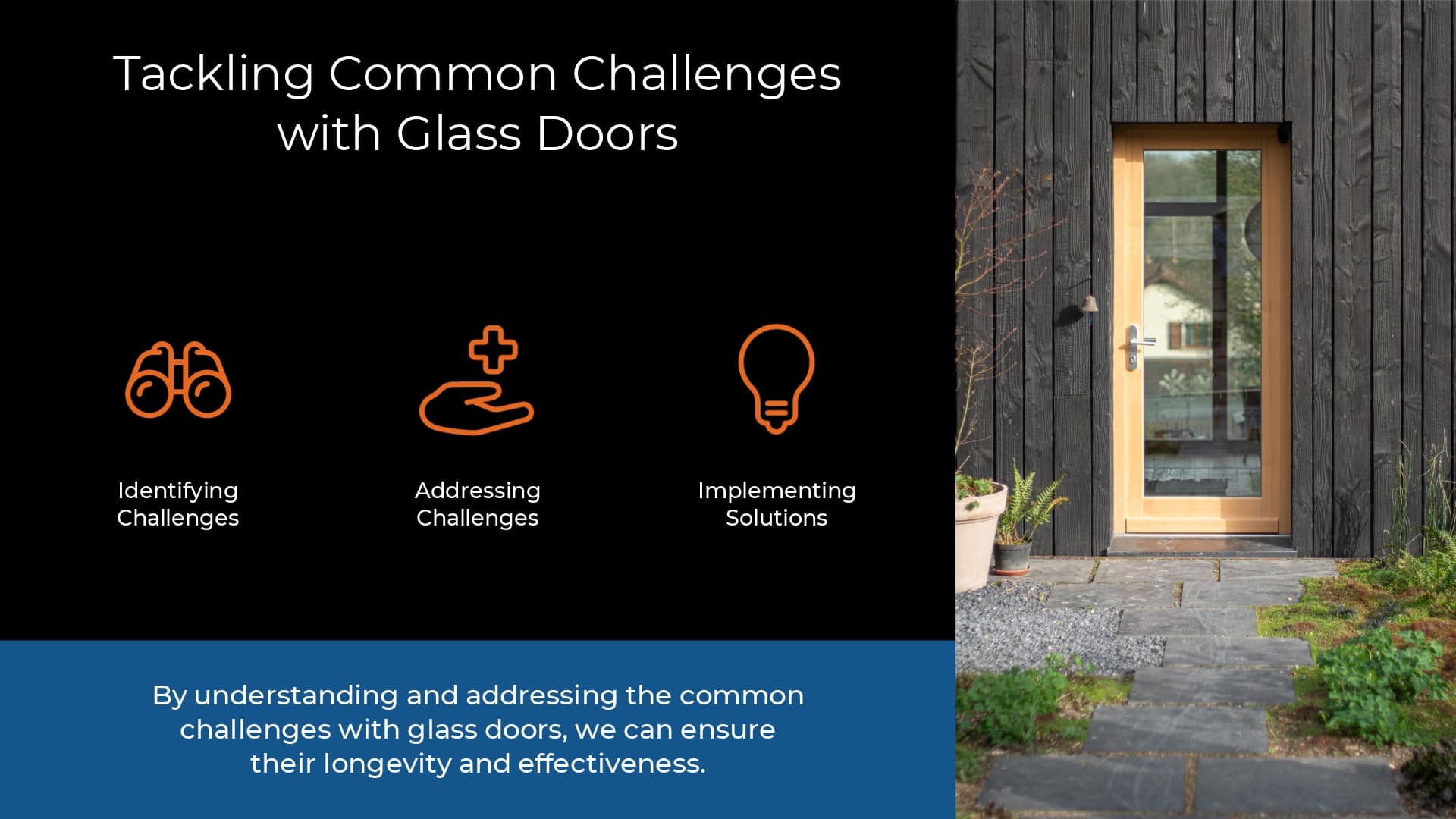Last Updated on October 16, 2023 by Pro Handyman Australia – Editorial Team
Navigating the Challenges of Glass Specification: A Comprehensive Guide
The field of glass specification can be fraught with potential issues, requiring an understanding of several key factors. These can range from overheating and high noise levels to nickel sulfide inclusions and airtightness issues. This guide delves into these challenges and offers comprehensive solutions to ensure seamless architectural projects.
Overheating and the Power of Solar Control
Imposing glass installations can enrich any building with abundant natural light. However, these vast expanses can be a gateway for direct sunlight, resulting in solar radiation if solar control coatings aren’t applied during manufacture. This can lead to overheating issues, especially in regions with more vigorous sun intensity and extreme weather conditions.

Solution: Integrated Solar Control
Solar control solutions must be integrated early in the design and specification stage. External blinds or automated louver roof structures can act as excellent sources of solar protection. With early planning, the storage areas for these blinds can be concealed within the building structure, offering a minimalist aesthetic.
Furthermore, Aluminium louvre roof structures provide solar shading solutions and watertight roofs, facilitating year-round outdoor use. These louvers can be automated to provide the desired shading to glazing and outdoor environments.
The Evolution of Thermal Insulation
Historically, glazing systems were considered a weak point in a building’s thermal envelope. Today advances in glass technology have drastically improved the thermal insulation available from glass units, mitigating the issue of poor thermal performance.
Solution: Holistic Glazing Installation
When aiming for optimal thermal performance, it is essential to consider the entire glazing installation. This includes the system frame, the location of the unit, and the glazing itself. Present-day Double Glazed Units (DGU) offer an Ug value of 1.0 W/m2K, using argon gas fillings and Low-E coatings.
Triple glazing could offer enhanced thermal performances in extreme climates, ensuring comfortable living temperatures. These installations can be used with slim framed sliding door systems or Invisio structural glazing systems, both designed to accommodate triple-glazed units.
Managing Noise Levels with Acoustic Reduction
In bustling city centers, achieving the target for acoustic reduction becomes a crucial part of the glazing specification process. High levels of background noise can cause stress for occupants, necessitating the use of acoustic reduction interlayers.
Solution: Acoustic Reduction
Several factors can be controlled to enhance the acoustic performance of glazing, including glass thickness and specifications. Consider investing in acoustic reduction glass, capable of reducing noise pollution and 35Db to 49Db.
Navigating the Rare Occurrence of Nickel Sulphide Inclusions
Nickel sulfide inclusions in glass are a rare, naturally occurring phenomenon. Although visually imperceptible, these tiny impurities can cause glass breakage under certain conditions.
Solution: Heat Soaking
Heat Soaking is a process where tempered glass is subjected to a temperature of 555 degrees for approximately 2 hours to identify any units potentially containing nickel sulfide inclusions. Specifying Heat Soaked Glass for inaccessible panels can mitigate the risk of future breakages.
Mitigating Condensation on Glass
Condensation on glass can lead to issues such as mold formation and frame damage. This is typically caused when warm air within a building comes into contact with the cold surface of the glass.
Solution: Anti-condensation Glass
Anti-condensation glass prevents dew formation on the surface by reflecting the heat from the roof temperature. Combined with well-ventilated spaces, this solution can effectively tackle condensation while reducing your carbon footprint.
Airtightness and Air Permeability Testing
Air leakage through cracks and window openings can result in heat loss and cold draughts, posing challenges to airtightness in buildings.

Solution: Air Permeability Testing
Ensure your chosen glazing systems have undergone air permeability testing according to the building test EN 12207, confirming compliance with UK standards and regulations.
Mastering the Art of Solving Common Sliding Glass Door Problems
Sliding glass doors, a blend of aesthetic appeal and functionality, are an excellent choice to infuse your home with natural light. With U.S. homeowners spending an estimated $394 billion annually on home enhancements, it is evident that a sliding glass door is worth considering. However, to maintain its efficiency, you must address any potential problems that may arise, some of which you can handle without professional intervention. This comprehensive guide aims to help you navigate common sliding glass door issues effectively.
A Sliding Door That Refuses to Slide: Troubleshooting Tips
Sliding glass doors are designed for smooth operation, ensuring ease of access and convenience in your home. However, there may come a time when your dependable door stubbornly refuses to slide, or worse, the lock mechanism fails, leaving you wondering how to drill out a door lock as a possible solution. Before allowing panic to set in and taking drastic measures, diagnosing the root of the issue is essential to determine whether a simpler fix is feasible or if more involved methods, such as drilling out the door lock, are required.
To start, remove the door from its track. This is achieved by loosening the adjustment screws from the rollers, using the appropriate parts of a drill if necessary. After removal, examine the state of your rollers. A malfunctioning roller is often the primary cause of a non-moving sliding glass door. If the issue remains elusive, it’s time to call in the experts for a professional assessment.
Preserving Energy Efficiency: Replacing a Broken Seal
Enhancing your home’s energy efficiency can save a substantial amount on your bills over time. The weatherstripping around your sliding glass door is instrumental in preserving the air generated by your HVAC system within your home. However, this seal can suffer damage over time.
If you detect a draft creeping around your door, it’s time to replace the seal. Most sliding glass door seals are secured with either staples or glue. Once you’ve removed the worn seal, follow the outline left behind to position the new one. The quicker you replace a damaged seal, the less your energy bill will inflate. The cost of a new seal is a small price for potential energy savings.
Prioritizing Home Security: Replacing Damaged Locks
Home security is a paramount concern for most homeowners. The locks on your sliding glass door are engineered for durability and reliability. However, over time, these locks may sustain damage and require replacement.
If you encounter a frozen lock, apply some spray lubricant to resolve the issue. If this doesn’t rectify the problem, a lock replacement becomes inevitable. Generally, it would be advisable to consult with a sliding glass door specialist or a locksmith to avoid mishaps during the lock replacement process.

Conclusion
While glass specification can be complex, with professional guidance and thorough planning, both common pitfalls and common cordless drill problems can be avoided. Architects can confidently specify products knowing they will receive the best advice and expert installation to fulfill their project needs.
